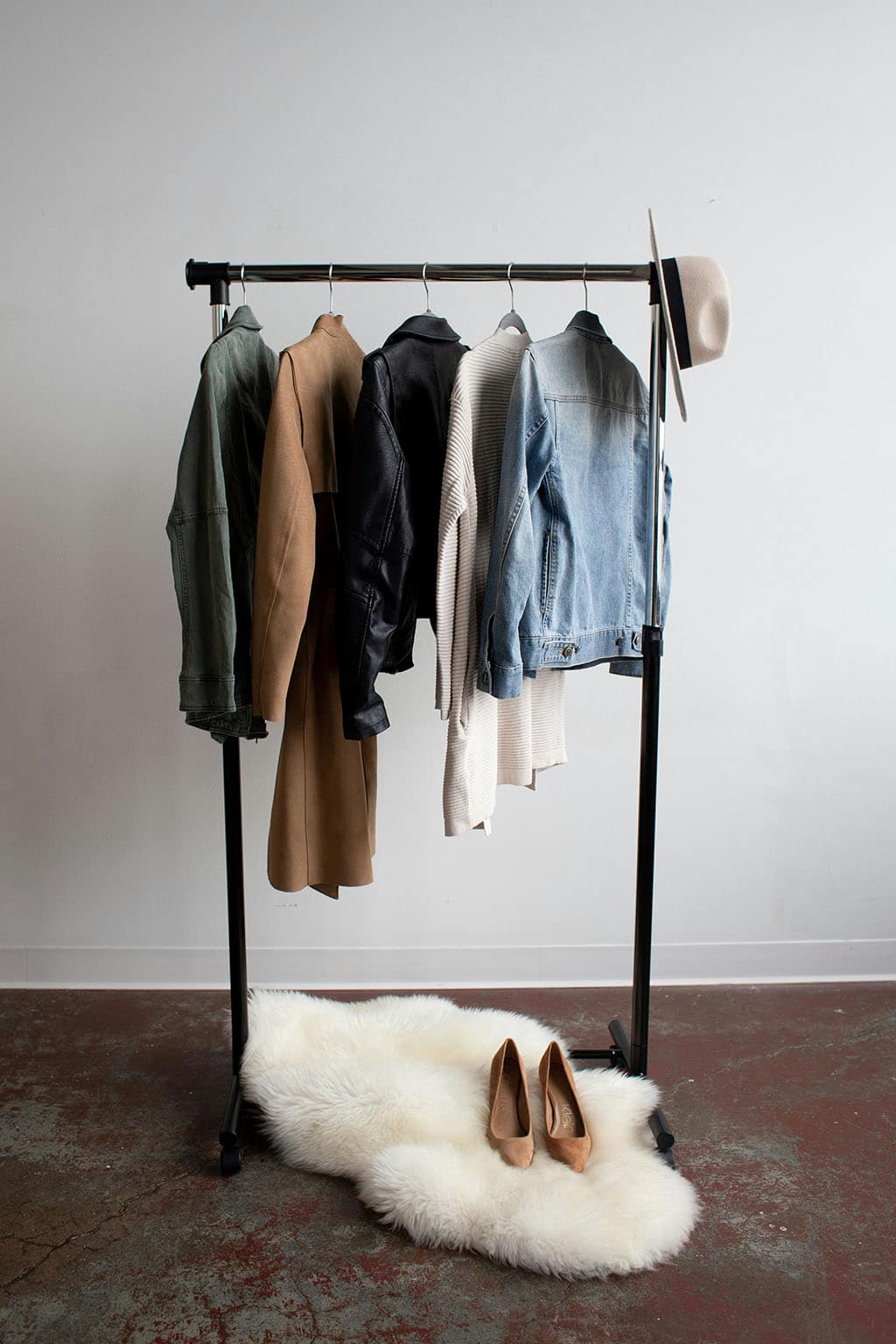The problem with the garment industry is that they charge the consumer for their branded labels. What is a branded label? It is this rectangular tag that is sewn into any piece of clothing that one buys, usually at the back of a dress/shirt or the waistband of the pants/shorts — the two most sensitive areas in any individual’s body.
So, why do they do that? In practical terms, it marks the ownership of the product; you know, like granting copyright to the apparel, so to speak. But the actual fact is that they do it to irritate the buyer, I swear!
It is almost as if all the fashion houses share a private joke at our expense. They persuade us to first part with humungous sums of money and then make us wear outfits that constantly keep reminding us of our folly. Through these prickly little stickers that scratch the back of the neck and waist, that is.
Also, it is not easy to get rid of them, let me tell you. If you have not observed it before, turn the collar of your shirt and examine it right now. You will notice that the bit of cloth, with one end stitched in and the other hanging free, is made of a thicker material than the rest of the garment. It is also hemmed in with extra strong thread. There is no point in tugging at it because it never comes off. The buttons, bows and the other embellishments in the apparel might, but the label? Nunca!
Therefore, in order to dispense with them, one has to cut them off, and that’s the irony. One pays an exorbitant price for a particular ensemble because of the branded name that is marked on its label, but before wearing it, one is compelled to remove the same. If one does not do so, before long, a severe rash appears on the neck because of the chafing of the harsh label on the tender skin.
Consequently, the first thing one must do after purchasing a dress is to de-attach its price tag. However strong the urge is to boast about it, it is simply not polite to display the cost of any item publicly. And after that, one should start working on removing the label. This is not as easy as it sounds because, like I mentioned earlier, extra strong thread is utilised to stitch it into the fabric.
I have tried using the pointy end of safety pins to pull out the stitching, but the label does not budge from its place. My fingertips get bloodied in the process but, more often than not, the sturdy labels have held on.
Recently, I bought a special pair of tiny clippers that are shaped like shears and have extra sharp edges around the embossing which announces its brand in blazing letters. I have not used them to cut off any labels as yet. But this morning, when I borrowed a shirt from my daughter’s wardrobe, within minutes of wearing it, the sticky label started bothering the back of my neck.
“Why are you frowning?” asked our daughter.
“Your shirt label bit my neck” I explained
“Oh that? It bit me too” she confided.
I looked at her without speaking.
She nodded in telepathic approval.
“Should we un-fang the brand?” I asked dramatically.
“Yes, with brand new fangs” she replied clicking the scissors.
By Nickunj Malik
|| features@portugalresident.com
Nickunj Malik’s journalistic career began when she walked into the office of Khaleej Times newspaper in Dubai thirty-one years ago and got the job. Since then, her articles have appeared in various newspapers all over the world. She now resides in Portugal and is married to a banker who loves numbers more than words.




















